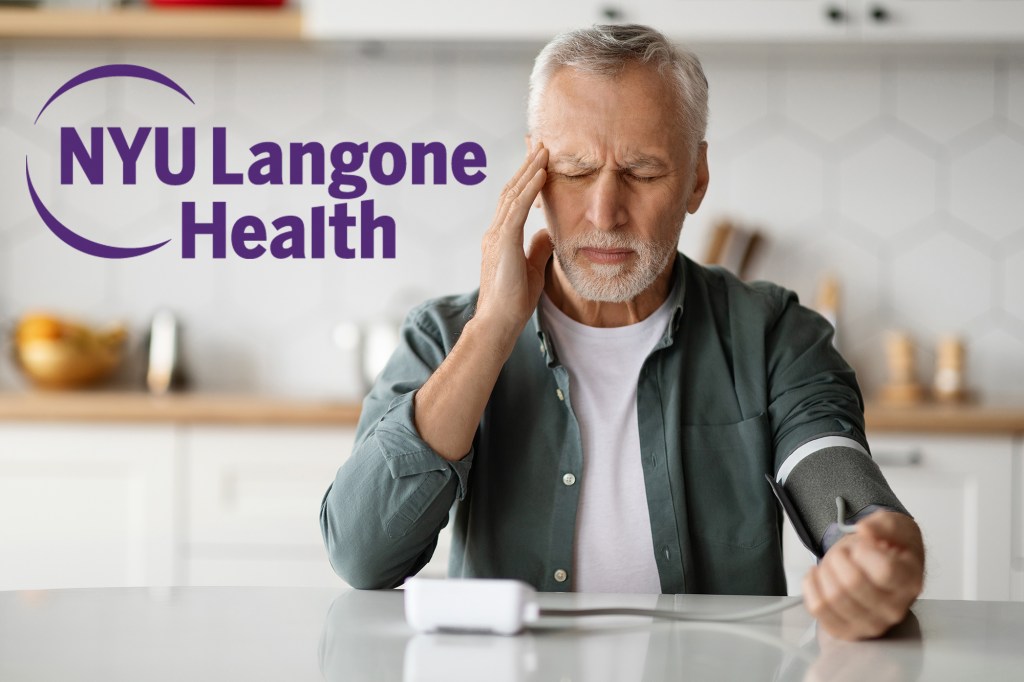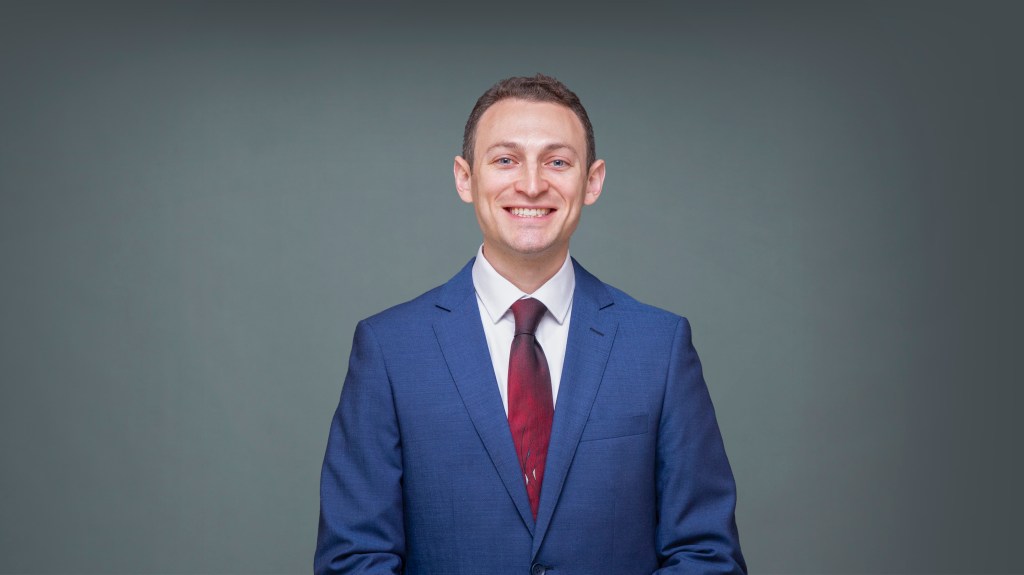If you saw someone having a stroke, would you be able to spot it? What if you had one yourself?
If you can’t name any of the signs and symptoms of a stroke, you’re not alone. In fact, raising awareness about strokes is one of Dr. Brandon Giglio’s top priorities.
We spoke with Giglio, a vascular neurologist for the NYU Langone Comprehensive Stroke Center, about the signs and symptoms everyone should know — and no one should ignore.
We’ve all probably heard the word “stroke,” but what exactly is a stroke? What is happening in the brain?
A stroke is basically when part of the brain is damaged. And, most often, this is due to a lack of blood flow.
Most strokes are what are called ischemic strokes. This accounts for about 85% of strokes and means there is a blockage in an artery or inadequate blood flow through that artery leading to damage to an area of the brain.
In another 15% of cases, strokes are hemorrhagic strokes where brain tissue is damaged as a result of bleeding within the brain.
When we think of stroke, many may think of it as an older person’s problem. Are there things young people should be aware of when it comes to strokes?
My team and I are constantly trying to raise awareness because this is one of the biggest misconceptions: people think it’s just an old person’s disease – which is false. Young people can also experience a stroke.

Speaking of young people, a few years ago, Justin Bieber’s wife, Hailey Bieber, suffered a minor stroke. How does a mini stroke differ from other types of stroke?
I think the term “mini-stroke” really does the seriousness a disservice.
The main difference between a small stroke, or transient ischemic attack (also called a TIA) and a stroke is whether or not your brain was actually damaged. With a stroke, part of the brain is damaged. With a TIA, or mini stroke, you had the same signs and symptoms, the same processes that cause a stroke, but the body was able to reverse that immediate lack of blood flow before permanent brain damage occurred. In fact, stroke symptoms can be transient and you may still have brain damage.
The risk of stroke is significantly higher after people have experienced a TIA. A stroke can occur within days of a TIA. And that’s why it’s important that even someone who has transient or temporary symptoms should still go to the emergency room.
Let’s talk about some of those signs and symptoms. Many people may think about the fall of your face. Are there other signs and symptoms that people don’t know about?
The American Heart Association has come up with this acronym called BE FAST. The idea is that if you have any of these signs and symptoms, be quick and call 911.
- B is out of balance – difficulty walking
- E is for vision – double vision, blurred vision, vision loss
- F is for a strained or crooked smile
- Does it mean arm weakness or numbness? This also applies to weakness or numbness in the legs.
- S is for speech changes
- T stands for time – the time to call 911
Having just one of these signs and symptoms, if it starts suddenly, could indicate that someone is having a stroke.
Besides age, what are some risk factors for stroke? And what can people do to minimize their risk?
Regardless of age, the most common reason someone has a stroke is largely related to cardiovascular risk factors – all of which can be managed with medications and lifestyle changes. And these are things like high blood pressure, high cholesterol, diabetes, smoking, lack of physical activity and diet. There are other causes, but most strokes are related to someone having these risk factors and not controlling them properly.

New Yorkers are tough—they probably think they can “handle it” if they’re not feeling well. Is there anything New Yorkers should know when it comes to stroke?
I’m a lifelong New Yorker. I grew up in Staten Island.
But if you’ve had any of the signs or symptoms of a stroke in that DO FAST acronym, you need to go to the emergency room, get evaluated, get the right treatment, and try to figure out why it happened.
Your symptoms may be temporary and you are now feeling 100% normal. You can have all your tests done and go home within the same day, but you’ll start treatment right away, which can reduce the risk of having another stroke next week. The long-term plan is to reduce your risk as best we can so you don’t have another stroke and end up with a severe disability.
Right now, 800,000 Americans have a stroke each year, and for about 20% of them, it’s not their first stroke. It’s a repeat shot. This is why there is such a need for more stroke awareness and more counseling on how people can reduce their risk.
This interview has been edited for length and clarity.
Brandon Giglio, MDis director of vascular neurology at NYU Langone Hospital – Brooklyn and a clinical assistant professor at Department of Neurology IN NYU Grossman School of Medicine. He specializes in vascular neurology, including stroke, brain aneurysm and carotid artery disease.
#doctor #dont #worry #experience #stroke #symptoms
Image Source : nypost.com